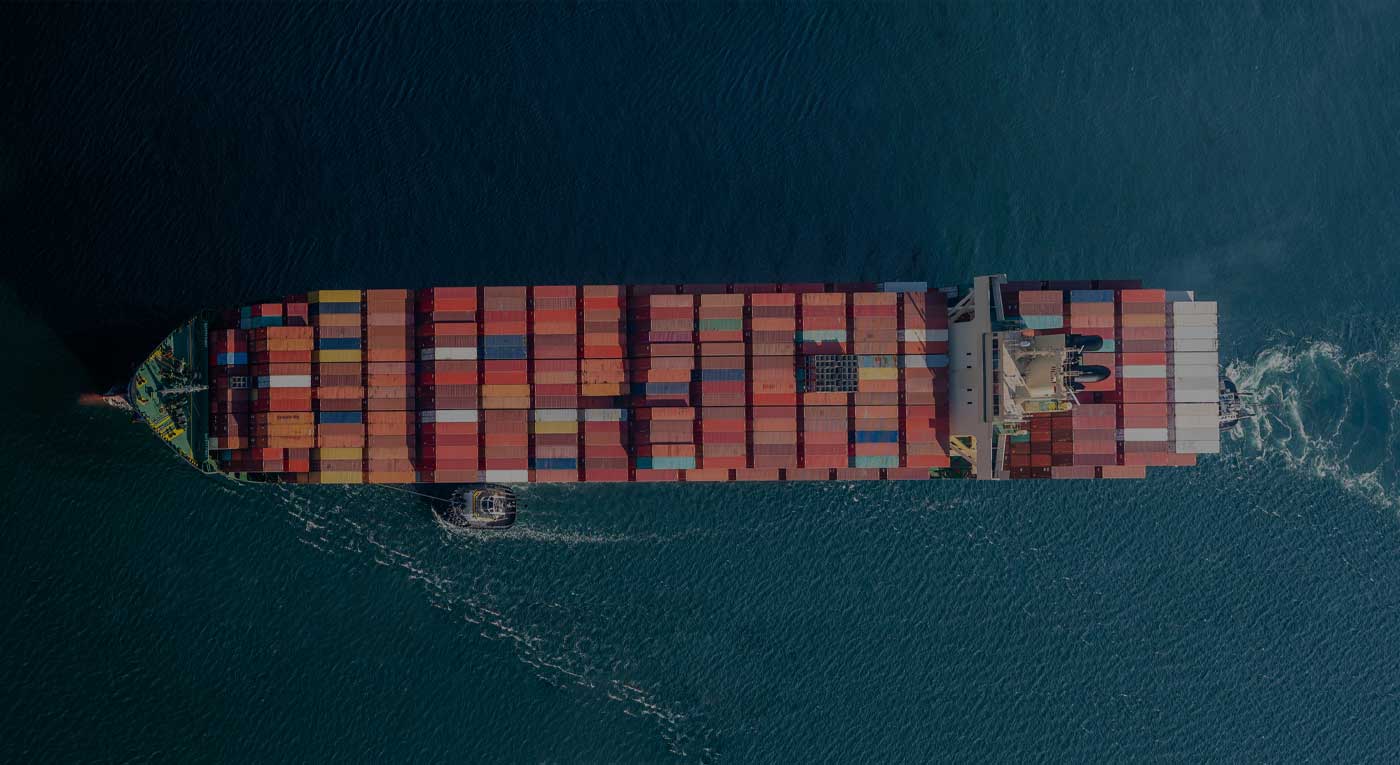Breaking the Supply Chain Bottleneck

Image source: Port of Los Angeles
Chip Shortages & Supply Chain Bottlenecks Increase Prices
Since the start of the global pandemic, historically low interest rates and government spending have inhibited saving and encouraged borrowing and spending to lift the economy during the challenging period. The US Federal Reserve and government have pumped far more liquidity into the financial system than during the 2008 global financial crisis. We have seen an increase in inflationary pressures because of the stimulus. Moreover, the pandemic’s unintended consequences have created shortages and supply chain bottlenecks that have only exacerbated rising prices.
The latest CPI data showed more of the same
– The Consumer price index rose by 0.4% in September compared to market expectations for a 0.3% rise.
– Inflation came in hotter than expected.
– September CPI increased 5.4% on a year-on-year basis.
– Core CPI, excluding food and energy, rose 0.2% in September, up from 0.1% in August.
– Consumers spend a substantial portion of their earnings on food and fuel.
There are not enough chips to satisfy demand
– A shortage of semiconductors continues to create scarcity in the automobile, electronics, and other sectors.
– The deficit is lifting prices and could persist for another two to three years.
– Soaring demand for consumer goods and COVID-19 outbreaks that shuttered facilities caused the chip shortage.
– Intel ( INTC ), the world’s leading chipmaker, said it could be up to two years before production can ramp up.
– Tesla’s ( TSLA ) Elon Musk said he has “never seen anything like it.”
– Dell Computer’s ( DELL ) Michael Dell said, “The shortage will probably continue for a few years.”
The supply chain is moving at a snail’s pace
– Materials scarcity and rising commodity prices are slowing deliveries.
– Increasing energy prices are pushing freight costs higher.
– Demand forecasting has become difficult.
– Port congestion is a side effect of the pandemic.
– Consumer attitudes are shifting, causing the demand for technological products to soar.
– Decarbonization is lifting the demand for products that address climate change.
– The job market remains tight with a shortage of employees in the supply chain.
The White House attempts to ease the bottleneck
– The Biden administration announced plans to increase capacity at major California ports, which carry 40% of the US container traffic.
– The initiative includes large goods carriers, including Walmart ( WMT ), FedEx ( FDX ), and UPS ( UPS ).
– The Port of Los Angeles agreed to double its hours and move to a 24/7 schedule for operations.
– The International Longshore and Warehouse Union said their members are willing to work extra shifts.
“Transitory” could last for a lot longer than the Fed believes
– The Fed continues to blame “transitory” factors on rising inflation.
– Crude oil rose to a new high and the highest price since 2014 last week.
– Copper moved back over the $4.70 per pound level, despite Chinese strategic stockpiles sales to cool the ascent of metals prices.
– Other industrial metals prices are trading at multi-year or all-time highs.
– Lumber futures were back above the $750 per 1,000 board feet level last week.
– Transitory inflation is not looking too transitory in October 2021.
Thanks for reading, and stay tuned for the next edition of the Tradier Rundown!
Click Here to see why active traders use Tradier Inc.
_____
Equities News Contributor: Tradier, Inc.
Source: Equities News



